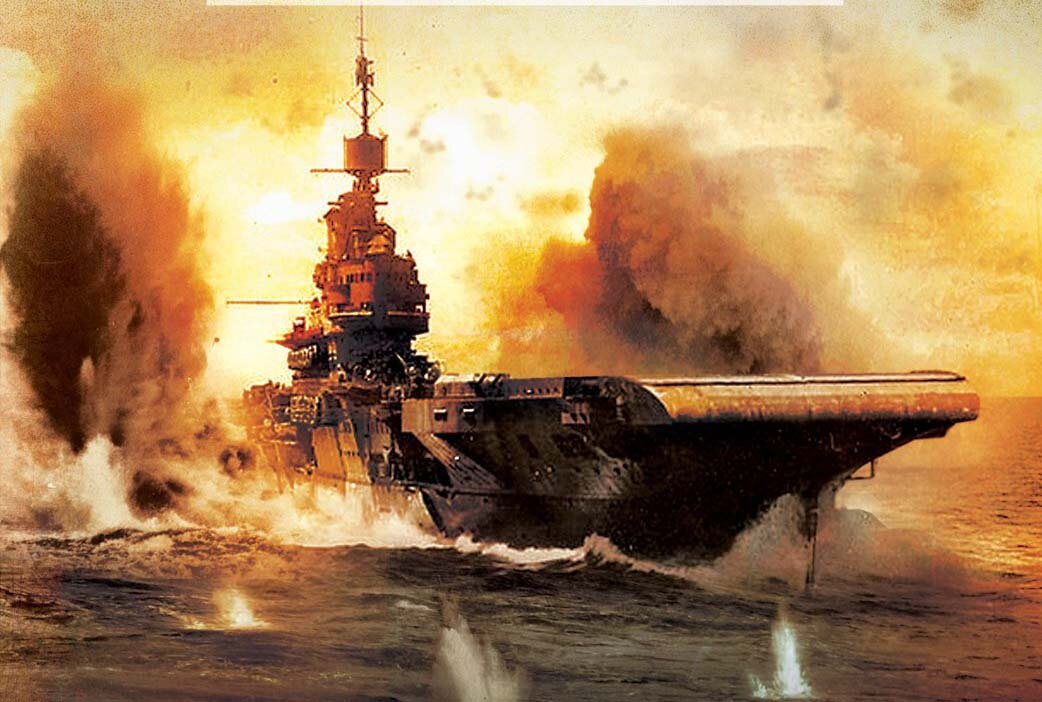Admiral Beez
Captain
Given the choice, what would have benefited the Royal Navy and the FAA, better aircraft or more of its existing aircraft (and more aircrew and fitters, naturally)? My vote is for more. Send out every carrier with a full or even over-spec CAG. Though it's still slow Fulmars trying to get to altitude and position to intercept Axis bombers over the Med.
Edit: I'd better defend the premise before we get pedantically taken off track. Often times RN carriers DID sail with full spec hangars. They weren't all like HMS Glorious on her fatal special mission with all of five Swordfish and nine Sea Gladiators, or HMS Hermes off Ceylon with no embarked aircraft whatsoever. So, my question is more about, forgoing the official specified CAG, would more aircraft (through either more crowded hangars or deck parking with outriggers and crash barriers, along with need for an expanded avgas/support fleet train) or fewer yet better aircraft be more beneficial?
Edit: I'd better defend the premise before we get pedantically taken off track. Often times RN carriers DID sail with full spec hangars. They weren't all like HMS Glorious on her fatal special mission with all of five Swordfish and nine Sea Gladiators, or HMS Hermes off Ceylon with no embarked aircraft whatsoever. So, my question is more about, forgoing the official specified CAG, would more aircraft (through either more crowded hangars or deck parking with outriggers and crash barriers, along with need for an expanded avgas/support fleet train) or fewer yet better aircraft be more beneficial?
Last edited:

